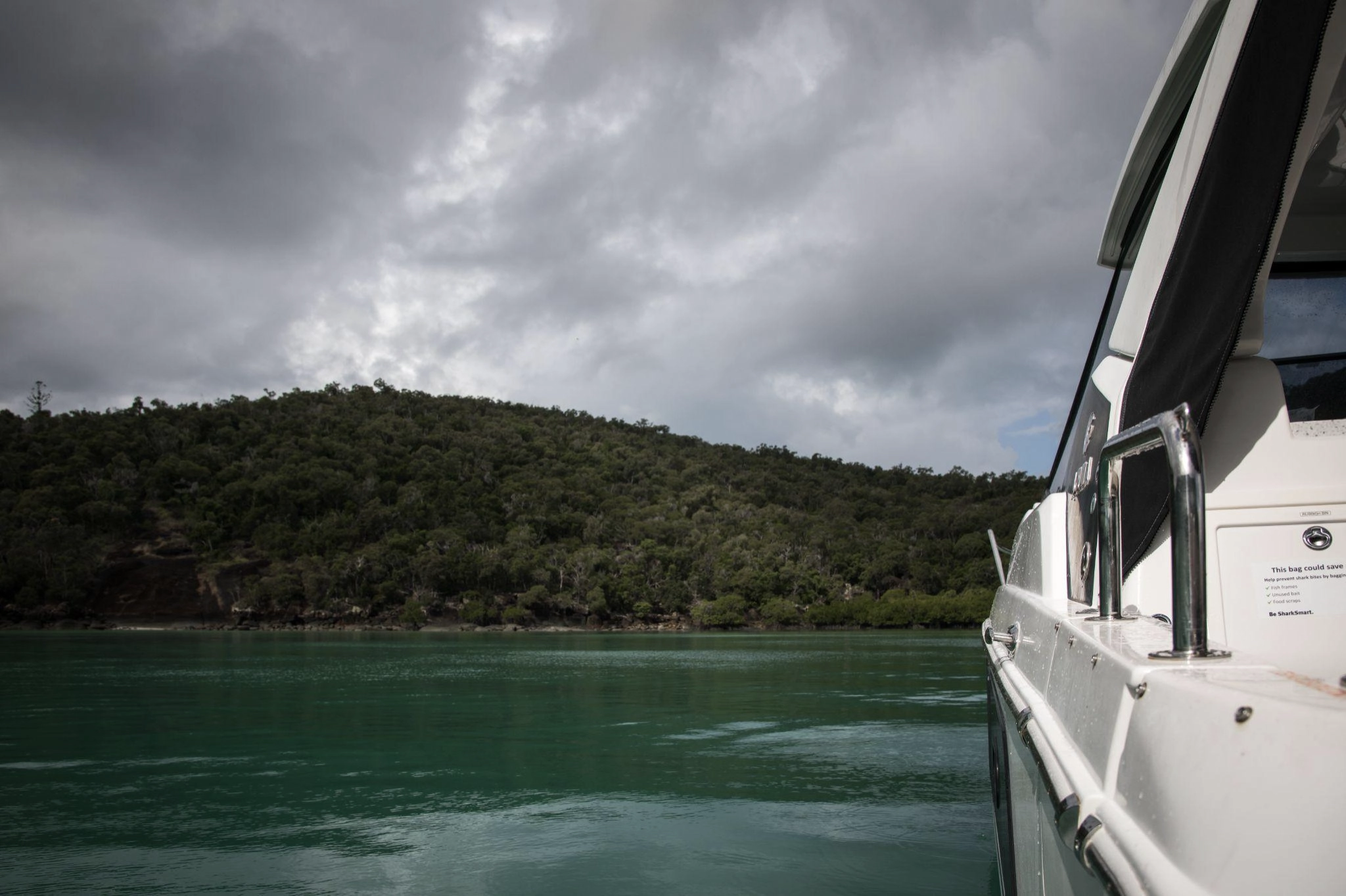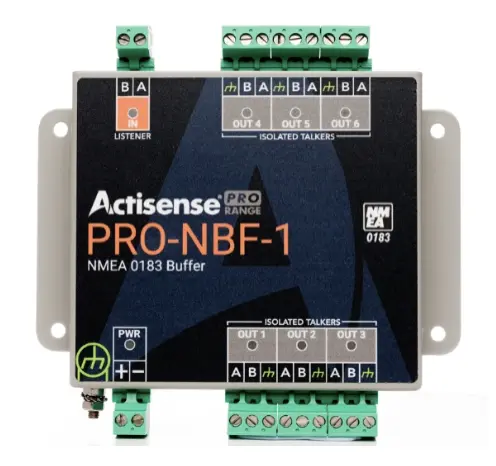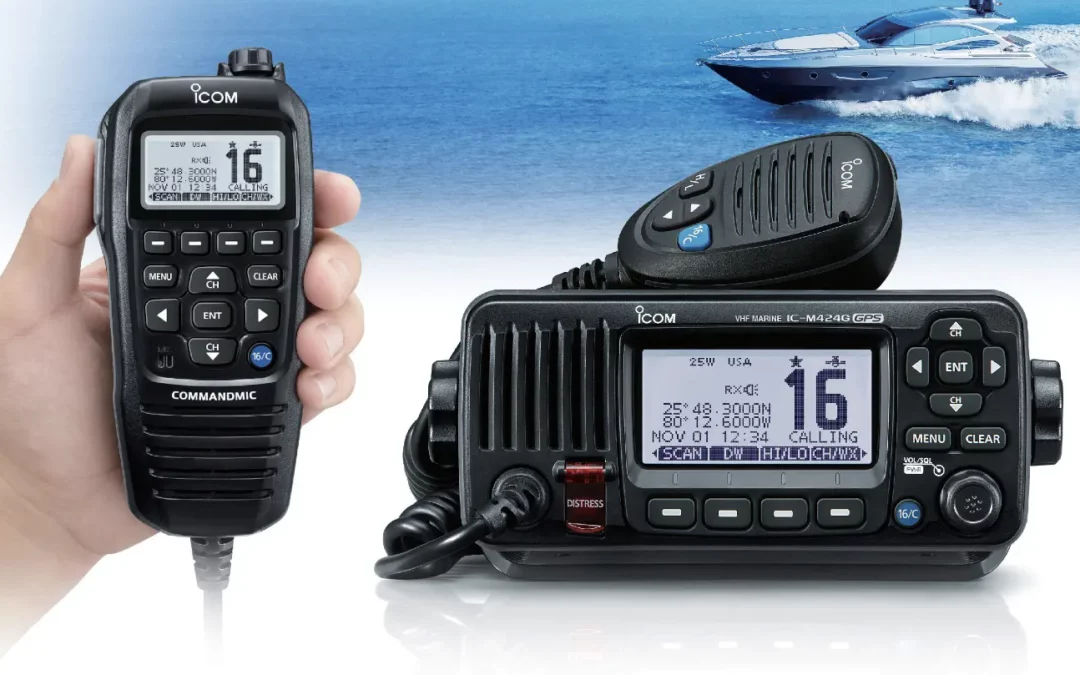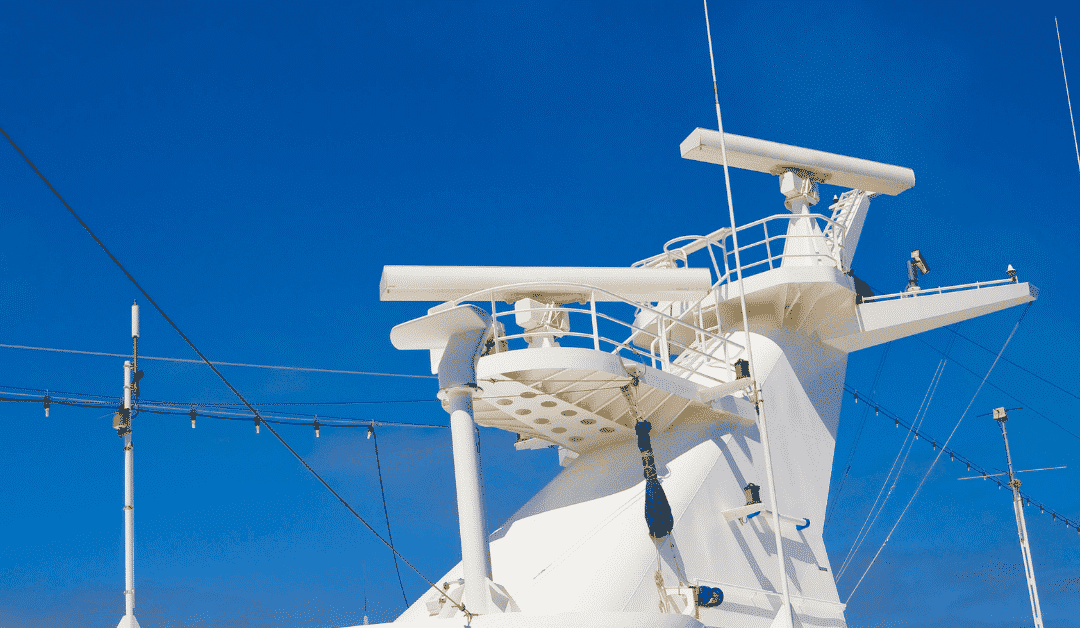Rough sea conditions can be unpredictable and pose significant challenges for amateur fishermen with shipping vessels. However, there are signs to watch for that indicate the presence of challenging weather. Understanding this lets you act immediately to ensure the safety of your crew during your voyage or enables you to decide whether or not you should delay your trip. With this, we give you insight into the rough weather conditions you must watch out for and tips on navigating through them if you are at sea safely.
Identifying and Monitoring Rough Sea Conditions
Pay attention to these indicators, so you can make informed decisions to ensure your safety before or during rough sea conditions:
- Swells and Wave Patterns:Keep an eye out for unusually large or steep waves, as well as rapid changes in wave direction or height. These can be signs of rough seas. When waves become more aggressive and irregular, it’s an indication that the sea conditions are deteriorating. Familiarise yourself with the typical wave patterns in your region, so you can recognise when they deviate significantly from the norm.
- Wind Speed and Direction: Strong winds have a direct impact on sea conditions. Higher wind speeds can create rough seas by generating larger waves and increasing their frequency. Monitor the wind speed and direction using reliable weather forecasting services or onboard anemometers. Be aware that wind patterns can change quickly, so regularly check for updates throughout your journey.
- Cloud Patterns:Clouds can provide valuable information about imminent weather changes. Dark, menacing clouds or a sudden increase in cloud cover can signify an approaching storm. Pay attention to the cloud formations and their movement. If you notice dark, towering cumulonimbus clouds or a gathering of low, thick clouds, it’s a strong indication that rough sea conditions may be on the horizon.
- Barometric Pressure: Barometric pressure refers to the atmospheric pressure at sea level. Falling barometric pressure often indicates deteriorating weather conditions, including rough seas. Keep a barometer on board to monitor changes in pressure. If you observe a rapid decrease in barometric pressure, it suggests the approach of a low-pressure system, which typically brings unsettled weather and rough seas. Be prepared for challenging conditions when the barometric pressure drops significantly.
Ensuring Safe Navigation in Rough Seas
When facing rough sea conditions, thorough voyage preparation, proper navigation techniques, and marine equipment are essential for safe passage. Here are some vital tips to help you navigate through challenging waters:
Preparation for Rough Seas
Before setting sail, you must be prepared for emergency situations, even when the weather is clear. Here is how you and your crew can prepare for rough seas to ensure your safety:
- Check Weather Forecasts:Before setting sail, stay updated with reliable weather forecasts specific to your intended navigation area. Pay close attention to storm warnings or advisories that may indicate rough sea conditions. Choose reputable weather forecasting services and consult multiple sources to obtain a comprehensive understanding of the expected weather patterns.
- Safety Equipment:Ensure that your vessel is equipped with the necessary safety gear to handle rough seas. Life jackets should be readily available and properly fitted for all crew members. Additionally, stock your vessel with distress signals, such as flares or an emergency beacon, to alert others in case of an emergency. Fire extinguishers should also be in good working condition and easily accessible.
- Secure Loose Items:Before encountering rough seas, secure all loose equipment and personal belongings on your vessel. Unsecured items can become hazardous projectiles or cause injury during rough conditions. Secure equipment in storage compartments, stow loose items in designated areas and use appropriate fasteners or straps to prevent them from moving or shifting.
- Emergency Plans: Establish clear emergency plans and communicate them to all crew members before embarking on your voyage. Conduct drills to ensure everyone is familiar with emergency procedures, such as man overboard protocols and distress signal usage. Assign specific roles and responsibilities to each crew member to ensure a coordinated response in case of an emergency.
Proper Navigation Techniques
When you are on a nautical voyage and you encounter rough seas along the way, you must be aware of the proper navigation techniques to keep you, your crew, and your vessel safe. Here are the proper navigation techniques when you are sailing through rough seas:
- Reduce Speed: When encountering rough seas, it’s crucial to slow down your vessel to maintain stability and control. Reduce your speed to a level that allows you to navigate safely through rough conditions. By decreasing your speed, you can reduce the impact of waves and enhance your ability to respond to changes in sea conditions effectively.
- Maintain a Steady Course: Avoid making abrupt changes in course or heading, as they can increase the risk of capsizing or losing control of your vessel. Instead, navigate with smooth and gradual manoeuvres, keeping your vessel on a steady course. This approach helps maintain stability and reduces the chances of encountering dangerous wave angles.
- Trim the Boat:Properly adjusting the trim of your vessel is crucial for optimal stability in rough seas. Trim refers to the distribution of weight and balance on the boat. Adjust the trim by shifting weight or using trim tabs, if available, to ensure that the vessel remains balanced and rides the waves more smoothly. Experiment with different trim settings to find the most stable configuration for your vessel.
- Use Ballast or Weight Distribution: Distribute the weight evenly across your vessel to maintain stability and minimise the impact of rough sea conditions. If your vessel allows, adjust the ballast or distribute the weight from one side to the other to maintain a balanced stance. Proper weight distribution helps to prevent excessive rolling or pitching motions, ensuring better control over your vessel.
Marine Equipment to Use
When navigating through rough seas, having the right equipment is crucial for ensuring safe and effective communication and navigation. Here are some essential marine equipment recommendations.
Radio Communication Equipment
- Marine VHF Radio: Marine Very High Frequency (VHF) radios are the standard communication devices for maritime use. They provide reliable short-range communication with other vessels and shore stations. Invest in a high-quality marine VHF radio that meets regulatory requirements and has a long operating range.
- Global Maritime Distress and Safety System (GMDSS): GMDSS is an internationally recognised system that enhances safety and distress communication at sea. It includes various communication devices such as emergency position-indicating radio beacons (EPIRBs), search and rescue transponders (SARTs), and digital selective calling (DSC) capabilities on VHF radios.
- AIS Transponders: Automatic identification systems (AIS) transponders play a significant role in marine navigation and safety as they allow for the exchange of vessel information. The information exchanged includes position, speed, and route between nearby vessels and shore stations.
Nautical Navigation Equipment
- GPS Chartplotters: GPS chart plotters combine GPS technology with electronic charts, providing accurate position information, route planning, and real-time tracking. These devices display your vessel’s position on a digital chart, making marine navigation more precise and efficient. Choose a GPS chartplotter that is suitable for your vessel size and navigation needs. Learn more about the importance of GPS navigation.
- Marine Radars: Marine radars use radio waves to detect objects, land masses, and other vessels. They provide valuable information about the distance, bearing, and speed of potential hazards, helping you navigate safely, especially in low visibility conditions or during night-time operations. Buy a marine radar system that offers a wide range of detection and advanced features such as target tracking and collision avoidance.
Get Marine Equipment for Improved Sea Safety
When it comes to navigating rough seas and ensuring the safety of your vessel and crew, having reliable and high-quality marine equipment is paramount. Tecomart is dedicated to providing you with top-notch marine navigation equipment and radio communication equipment that can significantly enhance your safety and make your journey on the open seas more enjoyable. Purchase the marine equipment you need from us today.








0 Comments